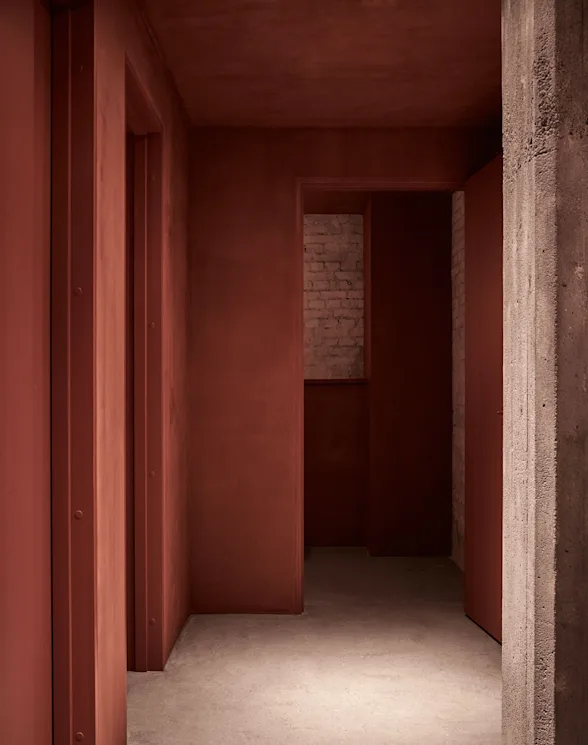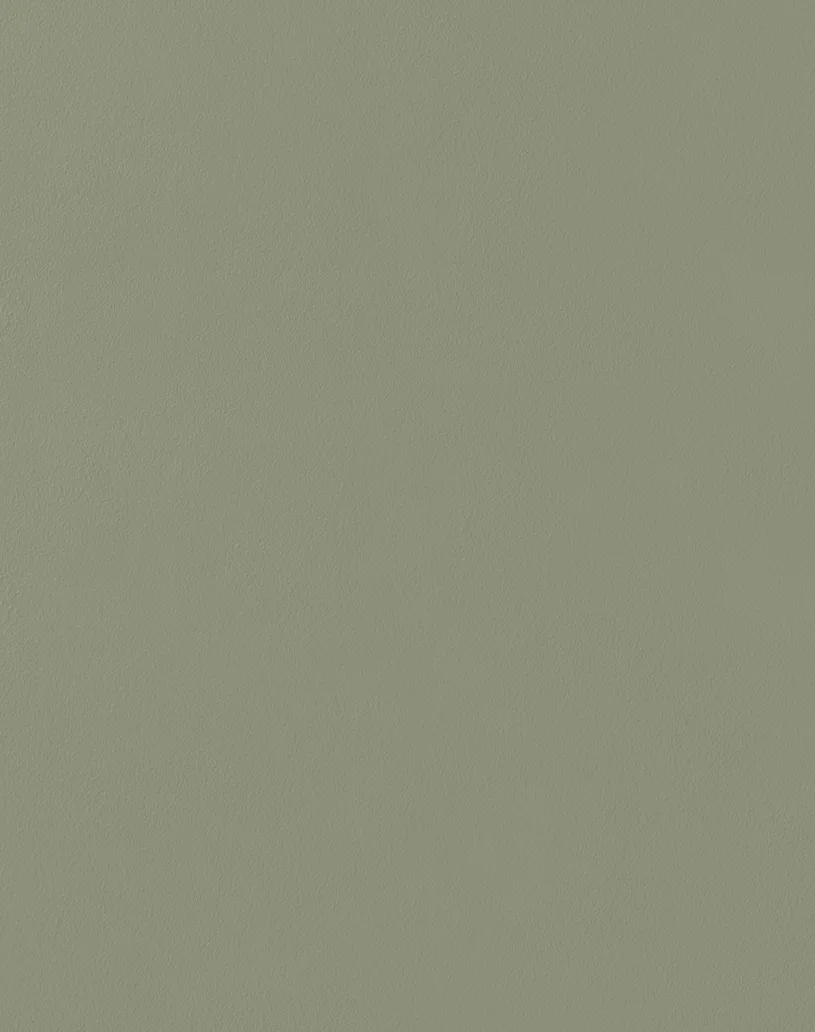KC14 guide
Step 1
Make sure the wall is smooth, dry, stable, and equally absorbent before you start. If in doubt, the wall should be primed first. If there is uncertainty about moisture in the substrate, this should be checked with a moisture meter. Have a look at the bottom of this page to see what tools you need and check out the FAQ to learn how to best maintain your KC14 walls.
Set up masking tape around the desired area to cover. Apply KC14 on the entire area at once. The plaster should have a thickness of 2-3 mm. with a smooth covering layer. If the layer is not smooth, plaster spots will be noticeable in the final result. Remove the masking tape before the plaster dries. The plaster has to dry for a minimum of 16 hours.
Tip: The finish depends on the way you apply the plaster. Avoid applying in straight lines, but with smooth and soft curves. Bubbles can appear and are part of the natural look.
Step 2
If the plaster appears with irregularities or knobs, sand these away before the second layer is applied. We recommend using grain 180 for this. Dust off the area by using a soft duster.
Set up the masking tape again and apply KC14 on the entire area at once. The second layer must not be too thin as it will increase the risk of sanding through the surface and leaving noticeable marks. Remove the masking tape before the plaster dries. The plaster has to dry for a minimum of 16 hours.
Step 3
Make sure that the plaster is totally dry before you start sanding. Do also make sure to cover furniture etc. carefully, given that sanding produces a lot of dust. Gently, sand the area, with circled movements, using grain 180-220 until the surface is uniform. Again, avoid sanding through the surface as clearly noticeable marks will appear. Sanding machines cannot be used! Dust the whole area thoroughly with a soft duster. Remain all covering for the next step, as unwanted Topcoat stains are very difficult to remove.
Step 4
Set masking tape up again. Apply Topcoat twice by using the microfiber cloth to dab it on with an interval of 1-2 hours. The entire area has to be coated at once. Runners are visible and must be avoided. Let the Topcoat dry for 2-3 hours before sanding the area with grain 220 to achieve smoothness. Dust off the area using a damp cloth.
Tip: A hand sprayer can be used. Do only spray small areas at a time and make sure to immediately dab the area with a microfiber cloth before the Topcoat dries. A third layer can be applied if the area is exposed to much wear.
You will need
To apply KC14 you need the following: 2 filling knives (of 15-35 cm in size), sandpaper grain 180-220, shielding & masking tape, gloves, a soft duster, microfiber cloth for Topcoating and respiratory protection for sanding.


